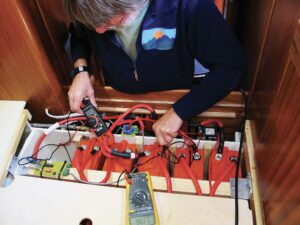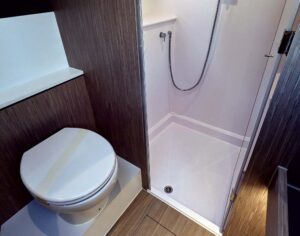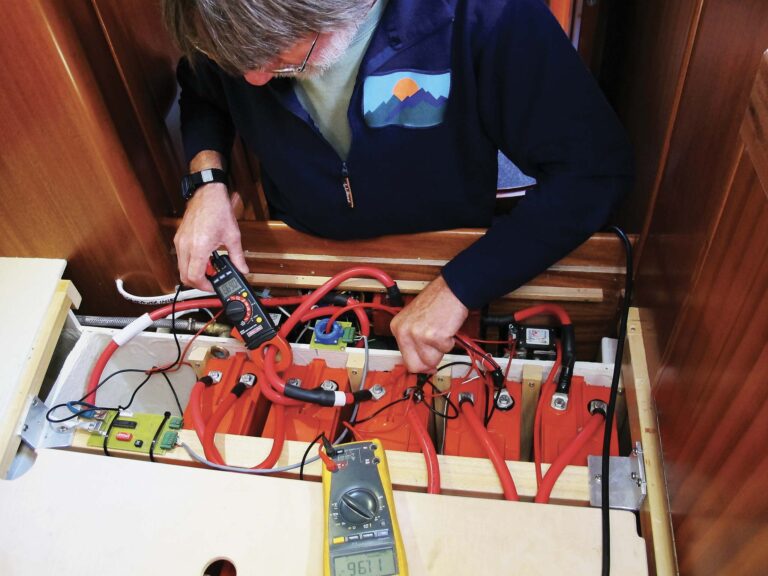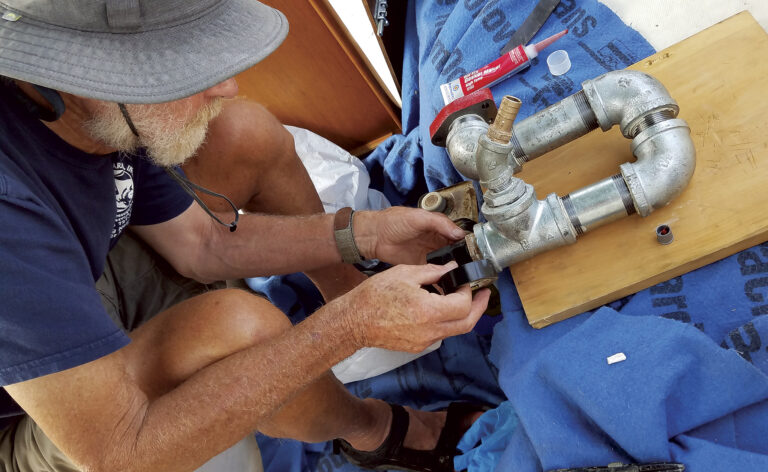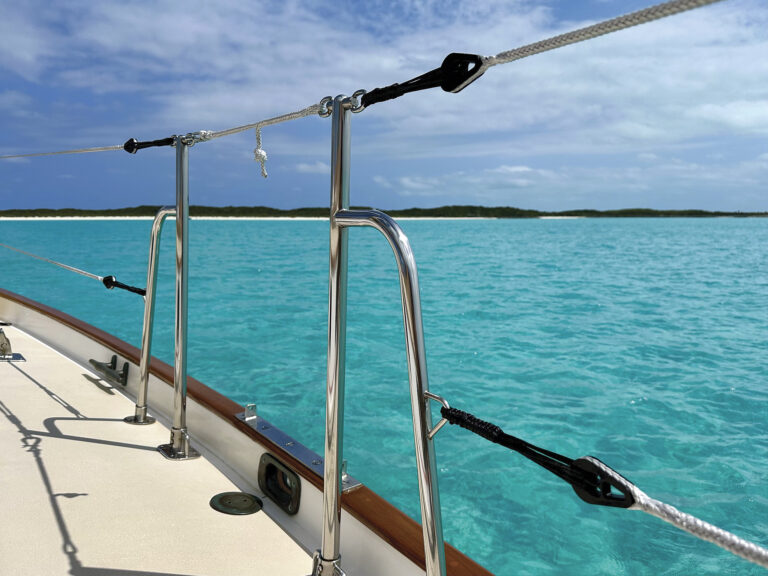STOVE TROUBLES

Q: I have a Broadwater two-burner propane stove with an oven and broiler. It’s from 2003 but still looks new. When I acquired the boat in 2015 all four burners worked. But after I had the boat transported to Wisconsin and then back to Florida, it went from four working burners to one with a second working intermittently. I get gas and a spark, and they all light as long as I keep the knob depressed. But as soon as I release three of the four knobs, the safety valves do not stay open and the burners go out. It is my impression that either I have three thermocouples that have gone bad, three safety valves that have gone bad or a combination of the two. This seems unusual. Broadwater stoves were made in Australia and are no longer in business. I have searched everywhere to find someone who could look at and repair this stove, but to my surprise, I have yet to find any easily recognizable service facilities. So, other than scrapping it and buying a new stove, do you have any suggestions for getting replacement parts or rebuilding with different parts? I have reached a dead-end in both my research and in my discussions with RV shops, plumbers and gas repair technicians.
Denis Vogel, Madison, WI
DON CASEY REPLIES
Ever thump a flashlight to get it to come on? The problem with your stove is almost certainly the same. Thermocouples are uncomplicated to the extreme, and they rarely fail. So, let’s start there. You can easily test all your thermocouples with a digital meter that measures DC millivolts. First, unscrew and remove the thermocouple from the valve and look for a small “button” under the nut. Clip the meter’s red lead to the copper tubing and the black lead to the button, and use a propane grill lighter to heat the sensor. The millivolt reading should climb quickly from zero toward around 30 millivolts. Anything above 20 or 25 indicates that the thermocouple is good. One that fails can be replaced with any “universal” stove or furnace thermocouple that fits. That’s the good news. The bad news is that this voltage powers a solenoid in the gas valve that only allows gas to flow when the sensor is hot, and the solenoid is also nearly foolproof. So, with multiple valve failures, the question likely remains: what is going on?
The answer is that with just 0.025 volt to work with, almost any resistance between the button and the valve will be fatal. Therefore, clean both the thermocouple button and the interior surface of the valve connection with electronics cleaner or alcohol (do not use abrasives). After that, check to see that the washer behind the button is intact and uncrushed, then reassemble and snug the nut just slightly beyond hand-tight. Overtightening is also a common cause of failure.
If your burners still aren’t working after you’ve given them a cleaning, you need to look at the other end. For example, the burner itself may need to be turned slightly to get the sensor in front of a flame tongue, or the jet may need cleaning to return the flame to proper intensity. (The thermocouple only works when it’s directly in blue flame.) Low line pressure or long plumbing runs can also reduce the heat below the needed level. Ultimately, if you can keep the burner lit by supplementing the heat with a grill lighter, you just need more heat.
Got a question for our experts? Send it to [email protected]
May 2017

